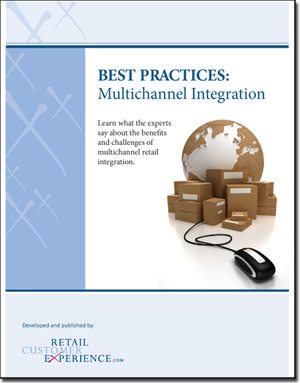Description
While some retailers have effectively developed and implemented clear strategies for managing resources across multiple selling channels, many treat their various channels as independent entities, with each channel having its own operating strategy. Whether such fragmentation is the result of entrenched thinking or because the retailer has inherited incompatible processes/systems through the acquisition of a new channel partner, the result is an inefficient supply chain that leads to inaccurate order promising, poor fulfillment rates, inconsistencies in business practices, and policies that may frustrate and confuse customers. A prime example is a customer who discovers that a coupon accepted at the store is not accepted through the call center due to lack of cross-channel information visibility.
Channel fragmentation can result in:
- inconsistent customer experience
- duplication of data, processes and information systems
- inability to gain a single view of the customer
- inability to gather and share data across channels for analysis/decision-making
- weak fulfillment percentages
- duplication of physical infrastructure
The primary challenge, then, is to seamlessly connect channel-specific silos to ensure that the information flowing across channels is enabled in near real time. Effective fulfillment of orders transcending channels requires total synchronization, that is, the integration of all core functions. There are significant rewards for organizations that manage to achieve this level of synchronization, as both customer experience and supply chain efficiencies improve.




